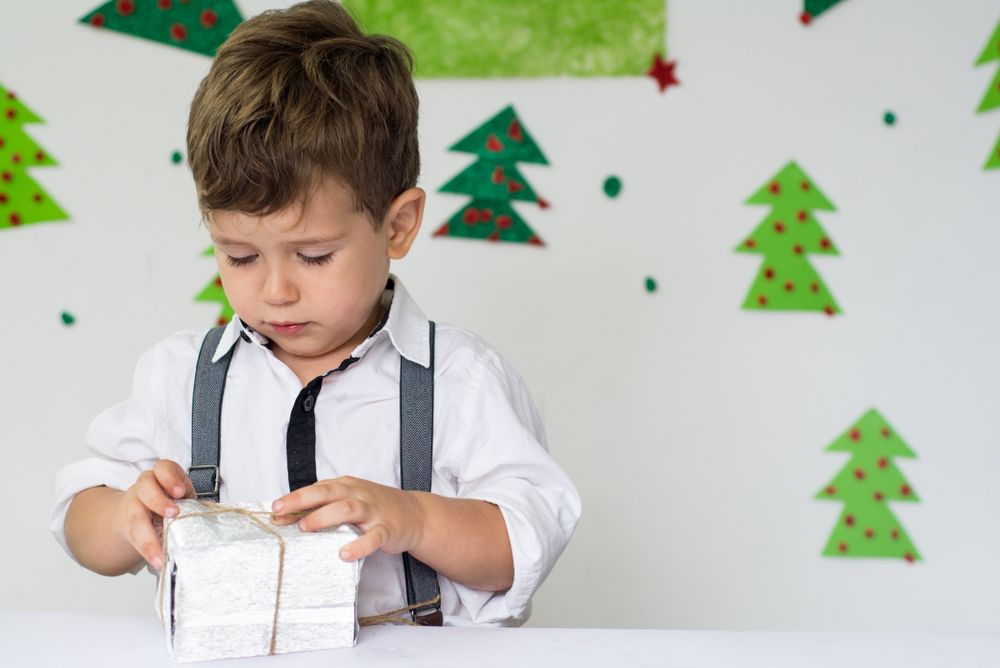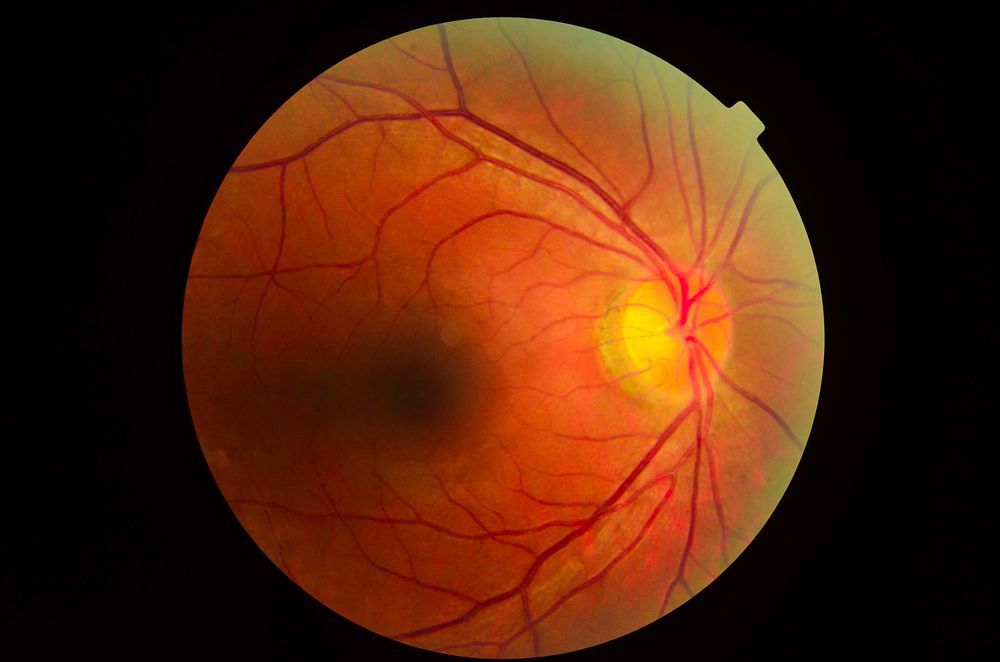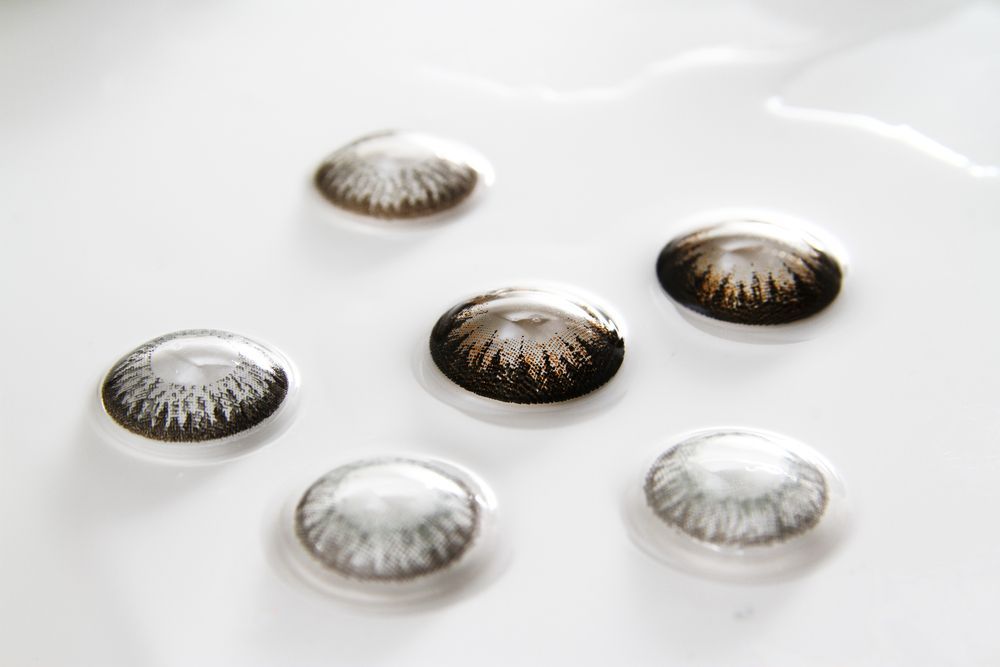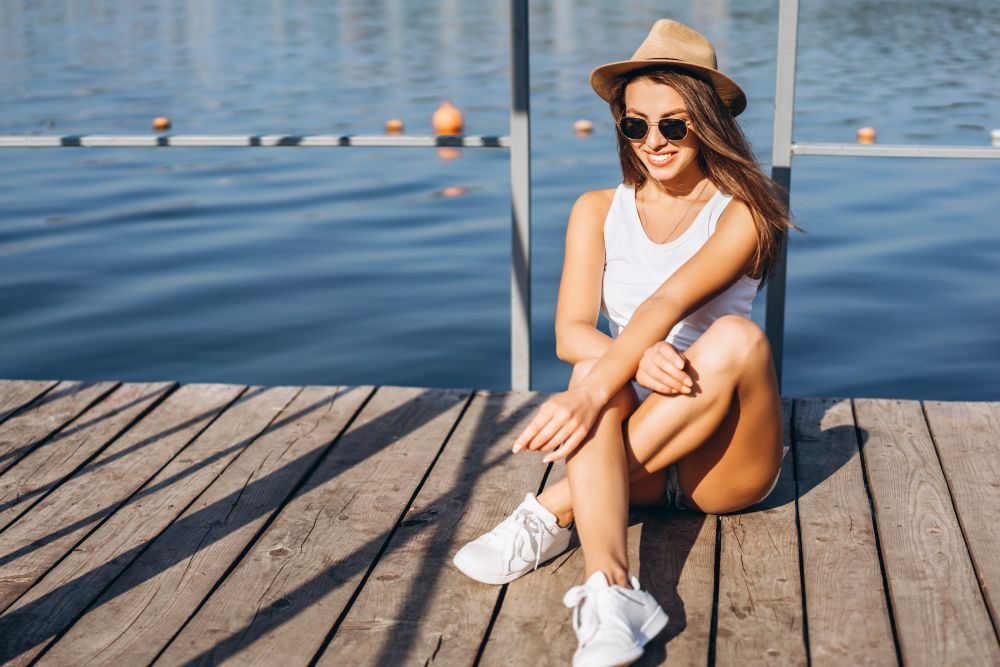Chances are you scheduled an appointment to see your optometrist because you were not seeing as well as you used to. But, instead of getting a simple prescription for glasses or contacts, you received a diagnosis of keratoconus, a progressive condition that poses a threat to your vision. Now you’re left wondering: what is keratoconus and what treatment options are available to me?
What is Keratoconus?
In simple terms, keratoconus is a condition where the typically round cornea becomes thinner and takes on a cone shape. This alteration in form affects how light is directed onto the retina, leading to blurred and distorted vision.
Spotting the Symptoms
- Blurred or distorted vision: Straight lines might appear wavy or bent.
- Increased light sensitivity: Bright lights might become bothersome, or you might notice a halo effect around them.
- Frequent changes in eyeglass prescription: You might find yourself needing a new prescription more often than usual.
- Difficulty driving at night: Headlights and streetlights can become more glaring.
- Eye irritation or eye strain: Your eyes might feel more tired than usual.
Exploring Treatment Options
Treatment for keratoconus varies depending upon the severity of your condition and the rate of progression. The goals of treatment are to slow the progression of the disease and to improve your vision.
Goal #1 Slowing the progression of keratoconus
There are several things you can do to help slow the progression of keratoconus.
Avoid rubbing your eyes.
Rubbing your eyes has been associated with accelerated progression of keratoconus, so it is important that you stop this habit. Rubbing your eyes too often or too hard can scratch or damage the cornea and lead to further thinning of the cornea. If your eyes feel uncomfortable, consider using lubricating drops instead of rubbing them. Additionally, antihistamine eye drops can be effective in preventing and treating itchy eyes triggered by allergies.
Have a complete eye exam with topography every 6-12 months.
Corneal topography provides a detailed image that shows the contour of the cornea, serving as a crucial tool in the treatment of keratoconus. Through topography scans, your optometrist can track any alterations in the curvature of the cornea.
Make sure your contacts fit properly.
Ill-fitting lenses may rub against the affected area of the cornea, exacerbating symptoms by further irritating the already delicate cornea. Getting an evaluation every 6-12 months can help ensure that your lenses maintain a proper fit.
Corneal Cross-Linking
If your keratoconus has advanced, corneal cross-linking is a highly effective procedure for slowing its progression. During this in-office treatment, the cornea is soaked in riboflavin (vitamin B2) eye drops and exposed to ultraviolet light. This process strengthens the cornea, preventing further alterations in its shape.
Goal #2 Improving your Vision
The severity of your disease will determine the best options for you.
In the early stages of keratoconus, your vision can often be corrected with glasses or soft contact lenses to treat nearsightedness and astigmatism.
As keratoconus progresses, specially fitted contacts are needed to provide better vision. These include gas permeable lenses,
hybrid lenses or
scleral lenses.
For the majority of individuals diagnosed with keratoconus, a scleral lens is the best option for better vision. Unlike traditional lenses, a scleral lens is a large diameter gas permeable lens that arches over the cornea, resting on the less sensitive sclera. This innovative design offers a seamless refractive surface, alleviating discomfort by alleviating pressure on the cornea. Scleral lenses also have a fluid layer that ensures the eye remains hydrated and increases the comfort of the lens. This fluid layer plays a crucial role in evening out any irregularities in the cornea's shape, thereby enhancing overall vision quality.
Other Treatments
In less than 10% of individuals with keratoconus, the cornea may eventually become too scarred, making it challenging to wear contact lenses. For these individuals, corneal transplant surgery might be necessary.
If you're experiencing any symptoms of keratoconus, it's important to reach out to our office. Early detection and treatment are key to maintaining your vision and quality of life. Your healthy vision is our mission, and we're here every step of the way.











